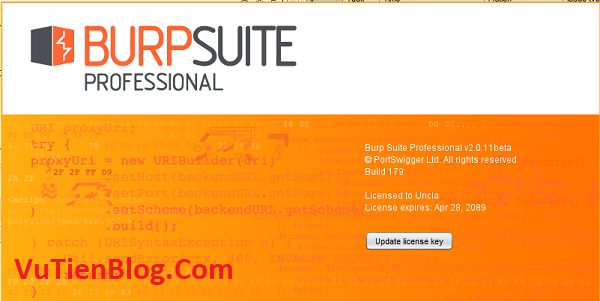
To load multiple project configurations, this argument can be passed more than once with different values. config-file= : Opens the project using the options contained in the selected Project Configuration File. The file will be created as a new project if it doesn't

project-file= : Opens the specified Data Project File used for keeping the state of the tool.

Pass the following Burp Suite JAR command line arguments to the burp-rest-api JAR for the same functionality as if Default value: System Property ()Ĭommand line arguments passed to the executable burp-rest-api JAR are forwarded to the Burp Suite JAR. headless.mode= : When set to false, runs Burp Suite in UI mode. The customApiKey, if passed as an argument, must be included in every HTTP request as an additional header: "API-KEY: ". apikey= : Enables API key authentication to protect APIs at /burp/*. server.address= : Network address to which the REST API endpoint should bind. This flag works on Java : The REST API endpoint is available at the given port number. burp.jar= : Loads the Burp jar dynamically, and expose it through REST APIs. The following command line arguments are used only by the extension to configure the run mode and port number. To run Burp in UI mode from the command line, use one of the following commands: Configurationīy default, Burp is launched in headless mode with the Proxy running on port 8080/tcp ( localhost only) and the REST endpoint running on 8090/tcp ( localhost only). For example, the Burp Suite Scanner configuration in v2022.x is no longer customizable. Since this project relies on Burp Extender API, the behaviour of certain functionalities might be slighlty different depending on the version of Burp. burp-rest-api.bat, depending on the operating systemīurp-rest-api supports both the legacy Burp Suite Professional v1.7 and the newer Burp Suite Professional v2022.x. On Linux and Mac, mark the launcher as executable using chmod +x burp-rest-api.sh.You should NOT use the burpsuite_pro.jar from a local Burp Suite installation

Important!!! This is supposed to be the JAR downloaded from. Please note that the actual JAR filename doesn't matter since the launcher will include all JARs in the classpath



 0 kommentar(er)
0 kommentar(er)
